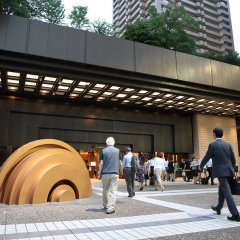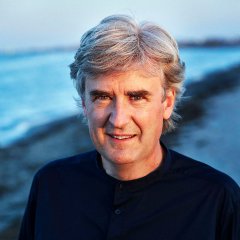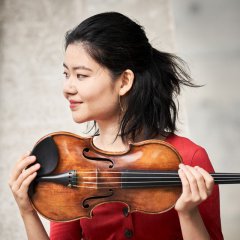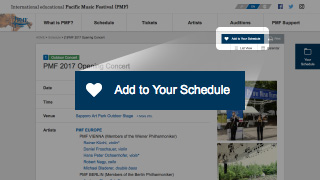The concert opens with Mayumi Kanagawa performing Mendelssohn's violin concerto, following her acclaimed PMF debut in 2022, where she performed in a trio of soloists and in chamber music. Her solo concerto return is not to be missed!
Appearing at PMF for the first time, Thomas Dausgaard will lead the PMF Orchestra in Program B. Dausgaard has held positions such as Chief Conductor of the BBC Scottish Symphony Orchestra and Music Director of the Seattle Symphony Orchestra, with a prolific recording career including over 70 CDs to date. His passion for education and penchant for innovative programming will come together at PMF as he leads the PMF Orchestra in taking on the challenge of a piece in which he specializes: Bruckner’s grand final testament, his complete Symphony No. 9. Though it was mostly finished, Bruckner’s death cut short his work on the symphony’s 4th movement.
This completion (SMPC ed., 1984-2012) has drawn international attention thanks both to the care with which it was prepared based on Bruckner’s work, and to the advocacy of Sir Simon Rattle, who has performed and recorded it with the Berliner Philharmoniker. Enjoy the Hokkaido premiere of Bruckner’s complete 9th with the PMF Orchestra!
☆Scroll down to the blue "Program notes" banner (below the program) to see John Phillips's full remarks on this symphony!
☆Thomas Dausgaard - message to PMF
☆Mayumi Kanagawa - maessage to PMF




